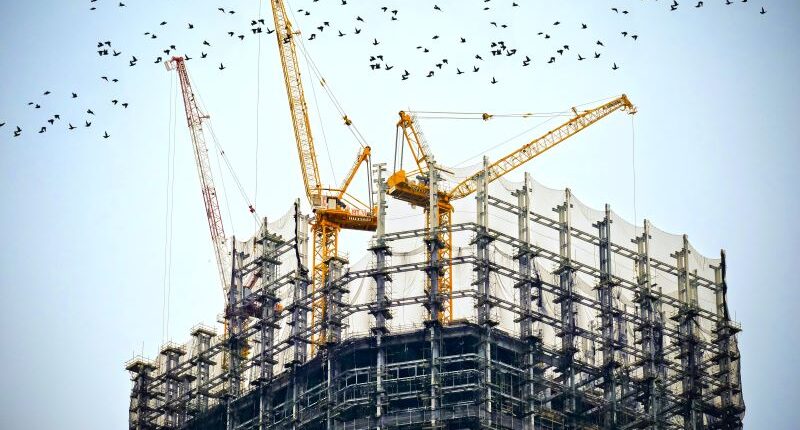- Tax cuts for build-to-rent may deliver 150,000 new homes
- Labor Government incentivises foreign investment in housing sector
- Tax cuts to apply for new build-to-rent projects post-May 2023
The Federal Government is looking to boost foreign investment in the build to rent (BTR) sector with a new tax break that could help deliver as many as 150,000 apartments over the next decade.
The government announced it would lower the Managed Investment Trust (MIT) withholding tax rate from 30% to 15% for BTR projects.
The move has been welcomed by the Property Council of Australia (PCA) and Urban Development Institute of Australia (UDIA) both of which have been advocating for policy change to incentivise more BTR projects.
The tax cuts are hoped to provide some relief to the national rental crisis. A recent report from EY commissioned by the PCA revealed cutting the tax would see the number of new apartments developed triple from the projected 50,000 to 150,000 in the next 10 years.
More incentives for investors and tenants
Prime Minister Anthony Albanese said the upcoming federal budget would have a range of incentives for investors including halving the withholding rate imposed on foreign investors in MITs from July 1 next year and raising the depreciation rate to 4% from 2.5%.
Albanese added that the federal government will also be looking at ways to strengthen renters’ rights, which could include limits on the frequency and size of rent increases.
BTR met with industry support
Property Council Chief Executive Mike Zorbas said the move to cut taxes on BTR projects will breathe life into the asset class.
He described the tax cuts as a strong step toward addressing and reversing Australia’s growing housing shortage.
“More supply means downward pressure on the cost of renting and buying homes and will offer more housing choices and affordable options at a time when we desperately need them.
“Build to rent housing, like purpose-built student accommodation and retirement living, is a positive part of the national housing equation and provides tenants with long-term security of tenure, superior amenities, and professionally managed properties.”
The Urban Development Institute of Australia (UDIA) National President Maxwell Shifman said the announcement is a landmark decision
He said it will be critical to unlocking the housing supply Australia needs to combat our affordability crisis.
“[It] gives build to rent a chance to be a viable solution for our housing supply crisis,” Shifman said.
Tax cuts starting soon
The new tax rate will apply to all new BTR housing projects commenced after the date of this year’s federal budget.
This ensures any project that finalises construction between 9 May 2023 and 1 July 2024 will be eligible to claim the rate from 1 July 2024 and onwards.
“The earlier these changes come into force, the earlier additional investment can commence,” said Zorbas.
Concerns from private investors
Despite concerns that the BTR sector would hurt private investors, Zorbas said there was room for both forms of investment.
“Even in the US, where build to rent is a very successful housing choice, it is only 12% of the total market.”
“Labor’s tax break for build to rent was a powerful first step in helping address the nation’s growing housing supply deficit.
“Like planning reform and more ambitious national housing targets, this move will ultimately apply downward pressure on the cost of renting and buying new homes.
“Unlocking up to 150,000 new homes is an important win for good public policy which has been many years in the making.”
“More hard work needed”
Shifman has extended his congratulations to the Government for listening to the industry. He said the new tax cut announcement is a “great start” but believes there is more to be done.
“There is more hard work needed to ensure Build to Rent contributes meaningfully toward housing affordability.”
Zorbas has outlined future policy suggestions to further boost BTR.
“The next public policy improvement will be to introduce an incentivised tax rate of 10% for Affordable ‘Key Worker’ Housing (rent at 20% below market) to domestic and international investors that incorporate supply of affordable dwellings within their build to rent communities,” Zorbas said.








